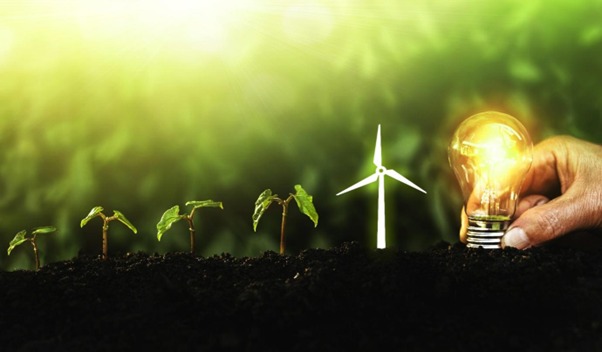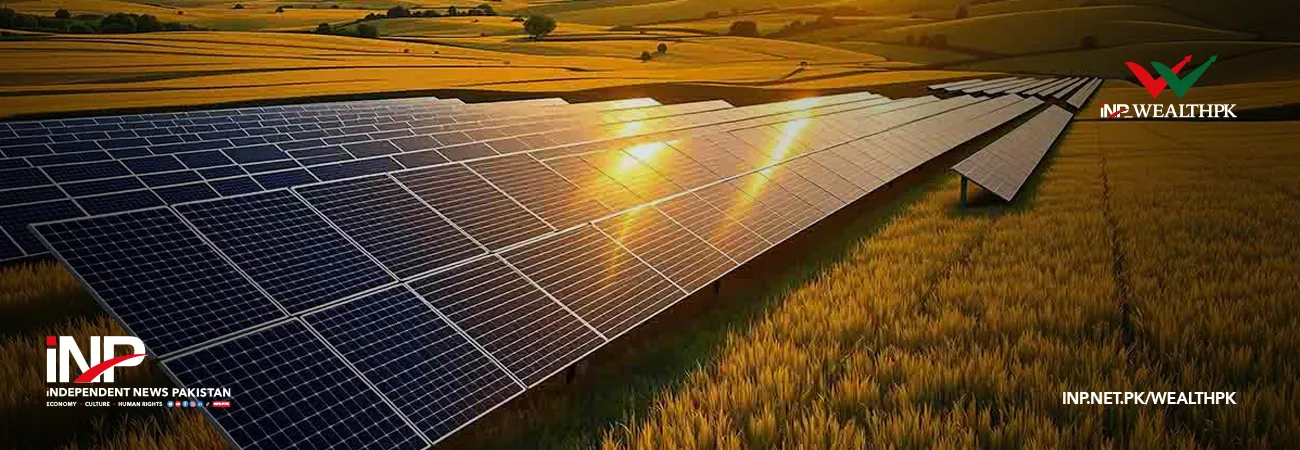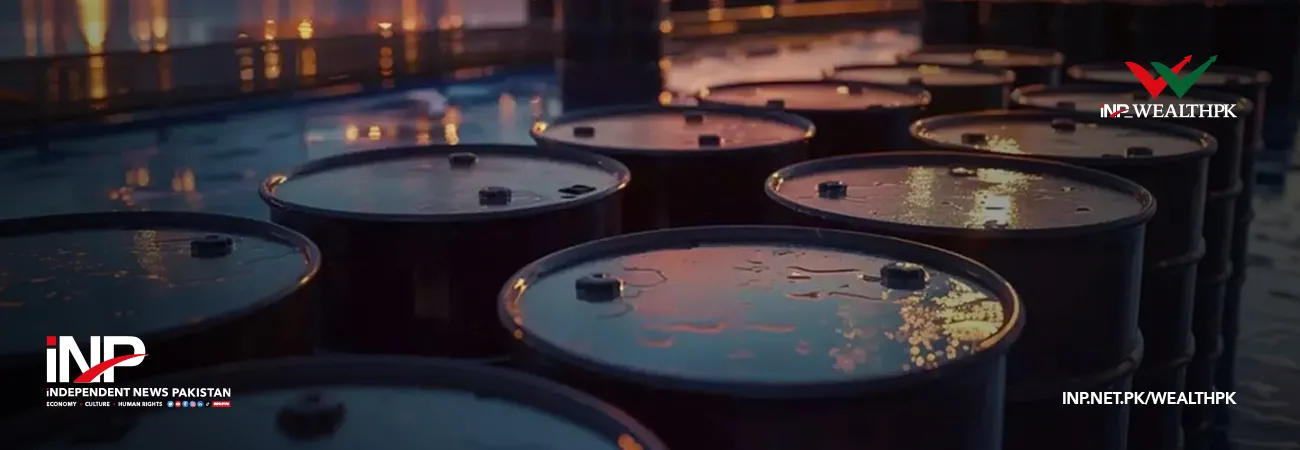آئی این پی ویلتھ پی کے
Qudsia Bano
Pakistan’s energy consumption continued to contract for the third consecutive year in fiscal year 2023-24 as higher tariffs, import curbs, and subdued industrial and agricultural activity pushed consumers toward distributed solar power and other alternative sources of energy. Total primary energy supply fell by 2 percent year-on-year to 81 million tonnes of oil equivalent (Mtoe), while final energy consumption dropped by 7 percent to 43 Mtoe, reflecting the overall cooling of economic activity and the growing impact of price-induced demand destruction.
The Pakistan Energy Market Review 2025 by Renewables First noted that macroeconomic constraints, elevated fuel costs, and currency depreciation curtailed demand across all major sectors, while households and industries increasingly installed rooftop solar systems to offset rising grid electricity costs. The report observed that this decline marks the third consecutive annual drop, with total energy consumption having fallen 29 percent over the past three years.
Industrial demand saw the steepest fall as grid electricity use fell 11 percent year-on-year, indicating a major structural shift toward cleaner and self-generated power sources. Large-scale manufacturing activity remained subdued, growing by just 1 percent in FY24, reflecting tight liquidity conditions, reduced export competitiveness, and suppressed domestic consumption. Many factories turned to solar installations and hybrid generation models to maintain operations amid gas and power supply constraints.
The agriculture sector also scaled back its energy usage, particularly grid electricity, which fell 10 percent year-on-year as farmers increasingly adopted solar-powered tube wells and irrigation systems. Rising power tariffs and erratic fuel supply discouraged reliance on traditional grid energy. The trend has accelerated under government incentives for solarization of agricultural areas and rural electrification programs.
In the commercial sector, energy consumption dropped even more sharply by 23 percent as businesses and service providers shifted to off-grid and hybrid systems to manage costs. Office buildings and retail establishments in urban centers installed rooftop photovoltaic systems to avoid blackouts and reduce dependency on costly grid power. Oil, gas, and coal supplies all contracted in parallel with demand. Crude-oil supplies fell 16 percent to 17 Mtoe, while natural gas continued its multi-year decline with a 4 percent drop in indigenous production.
Coal supplies fell to 15 percent of the total energy mix from 19 percent three years earlier, indicating reduced industrial usage and growing preference for cleaner fuels. The report said that the prolonged period of high energy costs, compounded by the devaluation of the rupee and rising import bills, has reinforced the transition to renewable and distributed generation. The share of non-fossil sources, including hydel, nuclear, and renewables, rose to 17 Mtoe in FY24, up 49 percent since FY21.
Renewables now represent one of the fastest-growing components of Pakistan’s energy mix, with solar adoption spreading rapidly in both urban and rural areas. The document noted that household electricity consumption also declined as urban consumers adopted energy-efficient appliances and rooftop systems to manage monthly bills. Tariff increases under IMF-supported energy reforms discouraged excessive grid use, leading to a measurable reduction in household load.
Meanwhile, transport-sector consumption fell 3 percent in FY24, reflecting reduced construction activity and higher fuel prices, although it still remained one of the dominant segments of overall energy use. The contraction in aggregate energy demand has raised concerns about the financial sustainability of power producers and distributors that rely on volumetric sales for revenue recovery. The shift to distributed solar, while easing pressure on the national grid, has reduced overall electricity demand from utilities, potentially widening revenue gaps and affecting the capacity-payment structure for existing power plants.
Experts cited in the report argued that Pakistan’s energy transition, though positive for sustainability, requires parallel reforms in pricing, investment, and regulation to maintain fiscal balance and ensure a smooth shift toward renewables. The report concluded that FY24 represented a structural turning point in Pakistan’s energy economy, marking the consolidation of the solar transition and the normalization of lower overall demand.
While the contraction highlights immediate affordability challenges, it also points to a long-term realignment of Pakistan’s energy structure toward cleaner, decentralized, and cost-efficient systems. The study projected that unless economic recovery revives industrial output and power affordability improves, total energy consumption will remain subdued in FY25, with solar and distributed systems continuing to expand their market share.
According to the Pakistan Energy Market Review 2025 by Renewables First, the next few years will determine whether Pakistan can balance its growing shift to renewables with the sustainability of its traditional energy infrastructure.

Credit: INP-WealthPk




